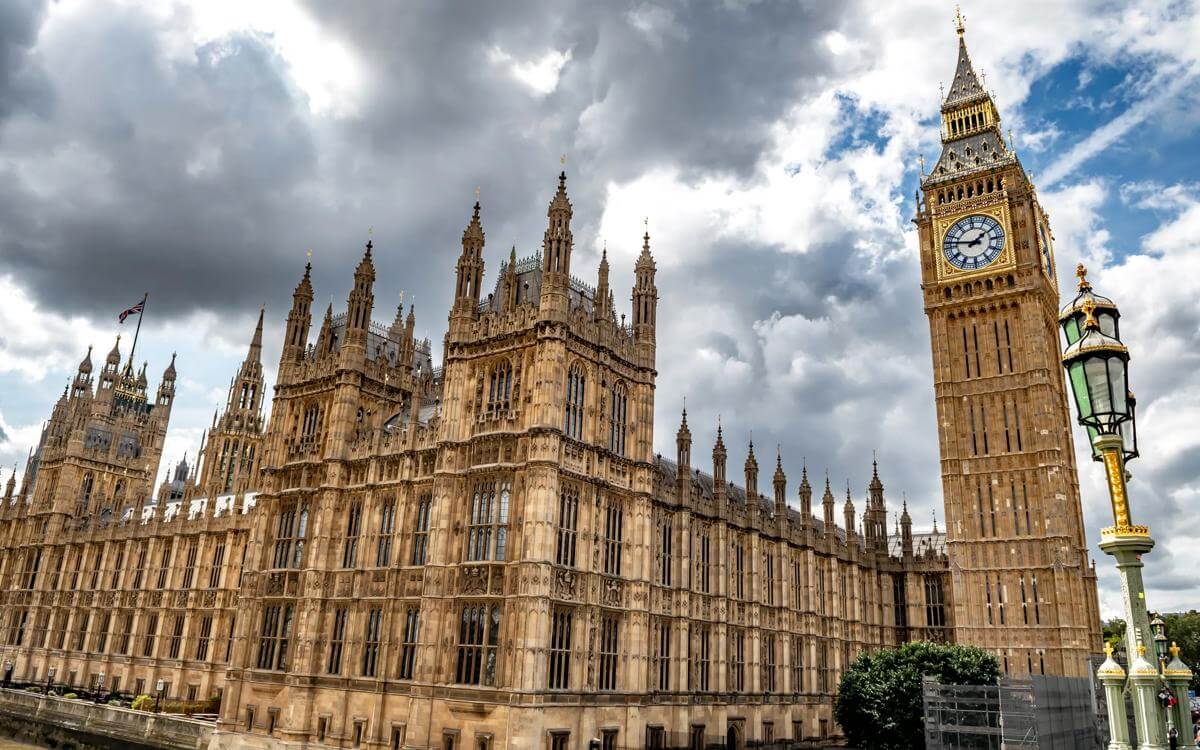The National Audit on Group-based Child Sexual Exploitation and Abuse led by Baroness Casey is a landmark review with profound implications, not only for central government and statutory agencies but for the entire public sector.
This includes schools, the care sector, and all organisations with a safeguarding responsibility. The audit’s findings demand a whole‑system response, with every part of the public sector playing a proactive role in prevention, detection, and support for victims.
Key insights for the wider public sector
1. Data deficiencies and the need for shared understanding
The audit exposes a chronic lack of reliable, consistent data on the scale and nature of group‑based child sexual exploitation (CSE). Definitions and recording practices vary widely across police, local authorities, schools and care providers, leading to confusion, underreporting, and missed opportunities for early intervention; for example, while police recorded over 100,000 child sexual abuse and exploitation offences in 2024, only a fraction were flagged as group‑based CSE and even fewer were identified by children’s services or health providers.
Implication: All public sector organisations — including schools, care homes, and health services — must adopt consistent definitions and robust data collection practices. This is essential for identifying patterns, understanding risk, and ensuring that no child falls through the cracks.
2. Systemic failures in safeguarding and accountability
The report highlights repeated failures to protect vulnerable children, especially those in care or with additional needs. Fragmented services, poor information sharing, and a lack of urgency have left many children exposed to harm. The audit notes a worrying decline in child protection plans for sexual abuse despite rising police reports, suggesting a disconnect between frontline identification and statutory intervention.
Implication: Safeguarding is everyone’s responsibility. Schools, care providers, and all frontline services must be vigilant, proactive, and empowered to escalate concerns. There must be clear lines of accountability and a culture that prioritises the welfare of children above organisational defensiveness.
3. The challenge of ethnicity, denial, and community cohesion
The audit identifies a reluctance to address the ethnicity of perpetrators, often out of fear of stoking community tensions. This has led to mistrust, poor public understanding, and the perpetuation of harmful myths. The lack of robust data and open discussion has hindered effective prevention and response.
Implication: All sectors must engage in honest, evidence‑based dialogue about the nature of offending, while working with communities to build trust and resilience. Schools and care providers, in particular, are well placed to foster inclusive environments and challenge stigma.
4. Evolving patterns of exploitation
The methods of exploitation are changing, with perpetrators increasingly using online platforms, social venues, and the nighttime economy (e.g., taxis, hotels) to target children. There is also growing overlap with other forms of exploitation, such as criminal exploitation and modern slavery.
Implication: All public sector organisations must stay alert to new and emerging risks. This includes training staff to recognise signs of online grooming, peer‑on‑peer abuse, and exploitation linked to criminal activity.
5. Fragmented policy and delivery
Responsibility for tackling CSE is spread across multiple agencies and sectors, leading to gaps in leadership, coordination and delivery. The audit calls for stronger national and local leadership, with clear roles for all partners.
Implication: Multi‑agency working is essential. Schools, care homes, health services, and voluntary organisations must work together, share information, and coordinate their responses to safeguarding concerns.
Recommendations for schools, care sector, and the wider public sector
The audit sets out twelve formal recommendations aimed at tightening the law, improving justice for victims, enhancing data and intelligence, and ensuring effective multi‑agency working. While some recommendations are directed at government and statutory agencies, many are explicitly relevant to schools, the care sector, and the wider public sector. For example:
Standardising data collection and information sharing
The audit calls for mandatory collection of ethnicity and nationality data for all suspects and victims, and for improved information sharing between all statutory safeguarding partners, including schools and care providers.
Strengthening safeguarding culture and training
The report highlights the need for regular specialist training for all staff, including those in schools and care settings, to recognise and respond to signs of exploitation, and to challenge victim-blaming and adultification of children.
Enhancing multi‑agency collaboration
The audit stresses the importance of local safeguarding partnerships, regular multi‑agency meetings, and clear roles and responsibilities for all partners, including education and care providers.
Improving support for victims and survivors
The audit recommends expanding access to specialist support services, ensuring trusted adults are available in all settings, and reviewing criminal convictions for children who were criminalised as a result of their exploitation.
Fostering community engagement and public awareness
The audit calls for public education campaigns, engagement with community leaders, and transparent evidence-based communications — roles in which schools and care providers are central.
Modernising technology and investigative approaches
The audit recommends investment in modern IT systems for integrated intelligence gathering, and treating group‑based CSE as serious and organised crime, which requires the involvement of all agencies, including those in education and care.
Prioritising leadership and accountability
The audit emphasises the need for senior leaders in all sectors to set a culture of openness, accountability and relentless focus on child safety, with regular review of safeguarding policies and outcomes.
Conclusion
The National Audit on Group‑based Child Sexual Exploitation and Abuse is a call to action for the entire public sector. Throughout the audit there is a clear message that safeguarding is not the responsibility of any single agency. The recommendations are designed to ensure that all parts of the public sector — including schools and care homes — are fully engaged, informed and accountable in the collective effort to prevent and respond to child sexual exploitation.
Schools, care providers, health services, and all organisations with a duty to safeguard children must work together to build a system that is proactive, transparent, and relentlessly focused on the welfare of children. This means investing in data, training, partnership, and support for victims; challenging cultural barriers and denial; and holding ourselves and each other to the highest standards of accountability.
Contact

Sarah Erwin-Jones
Partner
Sarah.Erwin-Jones@brownejacobson.com
+44 (0)115 976 6136
You might be interested in
Legal Update
The Public Office (Accountability) Bill: A new era for inquests, inquiries and public accountability
Opinion
Preparing for the Casey Inquiry: The importance of language
Legal Update
The Orgreave public inquiry: Background and significance
Legal Update
National inquiry into child grooming: What does this mean for insurers?
Guide
Legal project management: A cornerstone in operational delivery of inquiries
Legal Update
Analysis: National audit on group-based child sexual exploitation and abuse (June 2025)
Press Release
Browne Jacobson comments on the government's 10 year infrastructure strategy
Legal Update
What might the public inquiry on child sexual exploitation look like
Video
Investigations and inquiries into child sexual exploitation and grooming
Press Release
Browne Jacobson to explore skills challenges in built environment at UKREiiF event
Legal Update
Making public inquiry recommendations work
Legal Update
Martyn’s Law: Implications for public authorities
Press Release
Browne Jacobson returns to UKREiiF 2025
Press Release
Comment on government's response to Grenfell Inquiry
Legal Update
Government proposals to enhance public trust in the public inquiry process
Press Release
Government's announcement on child grooming inquiries: What local authorities need to know
Legal Update
Calls for public inquiry into child sexual exploitation intensify amidst political pressure
Legal Update
Martyn’s Law: Paving the way for enhanced security measures across UK venues and events
Legal Update
What the UK Covid-19 Inquiry means for schools
Press Release
Browne Jacobson to lead discussions on the future of real estate and infrastructure at this year’s UKREiiF 2024 event
Legal Update
Subsidy control lessons to be learnt from Bulb
Legal Update
What role do HE employees have to play in public inquiries?
Legal Update - Public matters newsletter
Public matters - January 2023
Opinion
Coroner’s refusal to issue a Prevention of Future Deaths Report following death in prison custody inquest was lawful
Legal Update
Covid 19 public inquiry
The start of the public inquiry into Covid-19 in the UK has moved one step closer with the appointment on December 17 2021 of Baroness Heather Hallett to chair the inquiry. The inquiry was announced in May last year and is due to start in the spring of 2022.


.jpg?variant=HeroImageTabletVariantDefinition)























